There is an island. More precisely, there is The Island. It is where past and future meet, and even get along well. Don’t search for it in the lake or the sea, rather look and listen inside yourself: so when you see it, you will recognise it immediately by the shape of its perfect disk and the waves it throws around it.
Last year, Hungarian band iLand released a double album entitled A Sziget (means The Island in Hungarian), the first half of which is a collection of brand new songs, while the second half is a live recording of now-classic songs by legendary progressive rock band East. As iLand will soon be performing these two different, yet perfectly matched, series of songs at a new concert in Müpa Budapest, it is worth taking a look at the history of East and its past success, how their legacy lives on today, and how two different generations of musicians have started a new collaboration.
The Past: East
The history of East dates back to the first members’ high school years. Two schoolmates from Szeged, Péter Móczán and István Király, were joined by János Varga and later Béla Szakcsi Lakatos, and the four of them started playing improvisational music, jazz and jazz-rock in 1975 under the name East. In the following years, members changed several times, and their music shifted towards instrumental progressive rock. Although the county Csongrád was considered to be particularly loyal to the Socialist leadership at the time, Péter Móczán recalls how the geographic proximity to Yugoslavia had a great influence on the development of East: especially with the music they acquired mainly from the “more free-spirited” Subotica and then listened to together in groups of friends and in the clubs of the local university.
The so-called classical line-up played together from 1980: alongside Móczán, Varga and Király, Géza Pálvölgyi and Miklós Zareczky were members of the band. Then, in the mid-80s, there were even more changes in the membership, but the increasingly successful band needed someone who could consistently take the material from their newly recorded album from concert to concert. That’s how Tamás Takáts, who had been known to the audience from the rather hard-rock band Karthago, quickly proved in East that he also knew how to play jazz and progressive rock. One of their most interesting recordings is ’56, which was released in 1989, the year of the collapse of the Socialist system. Móczán remembers the music video making with the following words:
“…it was special because 80% of the footage of the ’56 revolution was not in Hungary at all, it was smuggled abroad at the time, and later returned through various secret channels. Among them was the tape from which this clip was eventually made, in top secret, in the editing rooms of the then still Socialist Hungarian State Television.”
However, a few years later, in 1994, the band members went separate ways, although in the 2010s they reunited for various concerts. Their biggest show was a three-hour live concert in 2017, which showcased members and styles from the very first line-up throughout the whole history of East. The last remaining founding member, Péter Móczán, apparently intended to finish this history with this concert, as he no longer wished to work on new songs with the others.
The Present: iLand
The other three members of the latest line-up of East, Tamás Takáts, Péter Dorozsmai and Géza Pálvölgyi, still wanted to continue together, though. To make the start of a new era all the more obvious, they chose a new name for the team: iLand. Two new members were invited, too, who, although only a few years younger, grew up among very different musical influences. One of them is Gábor Madarász, who has previously written film scores and worked with Hungarian pop stars like Pierrot, Ákos and Magdi Rúzsa. And although Tamás Takáts once discussed skeptically how talent shows oversaturate the music market, he apparently had no objection to other younger member Tamás Kontor, who became famous in the 2005/2006 TV show Megasztár.
The songs on the new group’s first album are so cohesive, flowing so naturally into each other, that it’s a good question whether The Island can even be considered a concept album. The overarching tropes are already suggested by the picture on the album cover (made by visual artist József Szurcsik): we see Moai heads smoking like factory chimneys, and instead of the standing firmly on the soil of Easter Island, they themselves are being tossed around in the wild water like lonely islands. József Márkus’ and Géza Pálvölgyi’s lyrics are linked to this disturbing visual world with their poetic lyrics: the songs thematise problems of our time (the biosphere suffering from humanity’s self-destructive selfishness), but also about timeless experiences (the loneliness of the individual, the indivisibility of his inner world, the longing for a better world, only to be bound even more closely to this world by our inseparable roots). Not surprisingly, all of this is expressed in a musical world of space rock, Pink Floyd, sometimes even jazz, where the music takes us down to depths that words are not enough to describe.
At the concert on 30 March, the band will constantly alternate between the nine iLand songs and the seven East songs, as they have done in previous performances. Not only the aforementioned ’56 will feature in the performance, but also legendary East songs like David Bowie’s Eye, When Fear Raises a Flag and Survivors’ Song. They will not only engage in a dialogue with each other, but also with the contemporary songs: we can see and hear what has changed since the eighties and nineties, and what remains the same today. In thought, in emotion, and above all, of course, in the ways of musical expression.

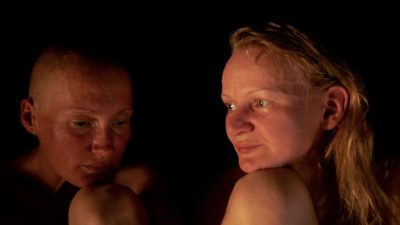



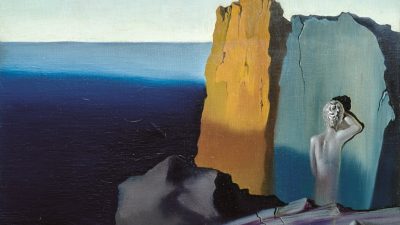



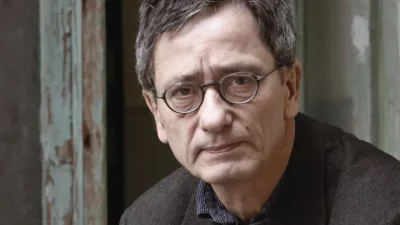



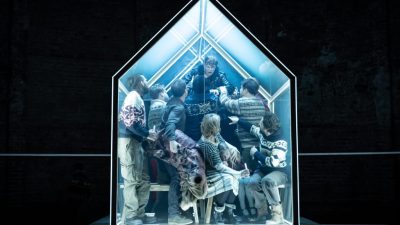









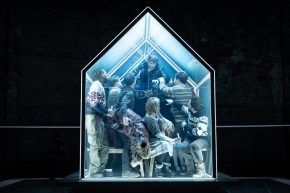


Comments